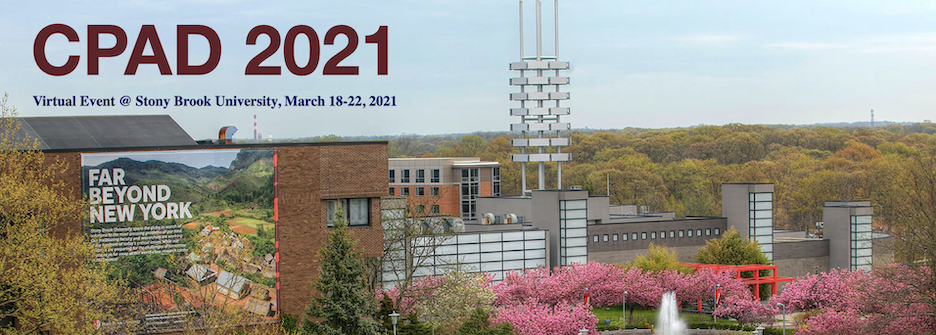Speaker
Description
Low Gain Avalanche Detectors (LGADs) are thin silicon detectors (ranging from 20 to 50 um in thickness) with moderate internal signal amplification (up to a gain of ~50) [1]. LGADs are capable of providing measurements of minimum-ionizing particles with time resolution as good as 17 pico-seconds [2]. In addition, the fast rise time (~500ps) and short full charge collection time (~1ns) of LGADs are suitable for high repetition rate measurements in photon science and other fields.
The first implementation of this technology will be with the High-Granularity Timing Detector (HGTD) in ATLAS and the Endcap Timing Layer (ETL) in CMS for the high luminosity upgrade at the Large Hadron Collider (HL-LHC). The addition of precise timing information from LGADs will help mitigate the increase of pile-up and improve the detector performance and physics sensitivity.
Past publications [3-4] have proven the vast improvement in term of radiation hardness of deep gain layer and carbon implantation in LGAD designs. In this contribution a study will be shown on the tuning of the doping concentration in the deep gain layer of HPK sensors to optimize the performance before and after radiation damage. Furthermore the effect of the combination of a deep gain layer and carbon implantation in FBK sensors will be shown alongside an optimization of the carbon concentration level.
Results on electrical properties and charge collection will be shown on pre and post irradiation. Sensors were irradiated at JSI (Ljubljana, Slovenia) with neutrons and at CYRIC (KEK, Japan) with protons, then tested using the beta-scope setup and probe stations at UCSC.
[1] H.F.-W. Sadrozinski, A. Seiden and N. Cartiglia, “4D tracking with ultra-fast silicon detectors”, 2018 Rep. Prog. Phys. 81 026101
[2] Y. Zhao et al, “Comparison of 35 and 50 μm thin HPK UFSD after neutron irradiation up to
6 ⋅ 1015 neq/cm2”, NIM A 924 (2019) 387–393
[3] M. Ferrero et al., “Radiation resistance LGAD design”, https://www. NIMA 919 (2019) 16–26
[4] R. Padilla et al, “Effect of deep gain layer and Carbon infusion on LGAD radiation hardness”, https://doi.org/10.1088/1748-0221/15/10/P10003
